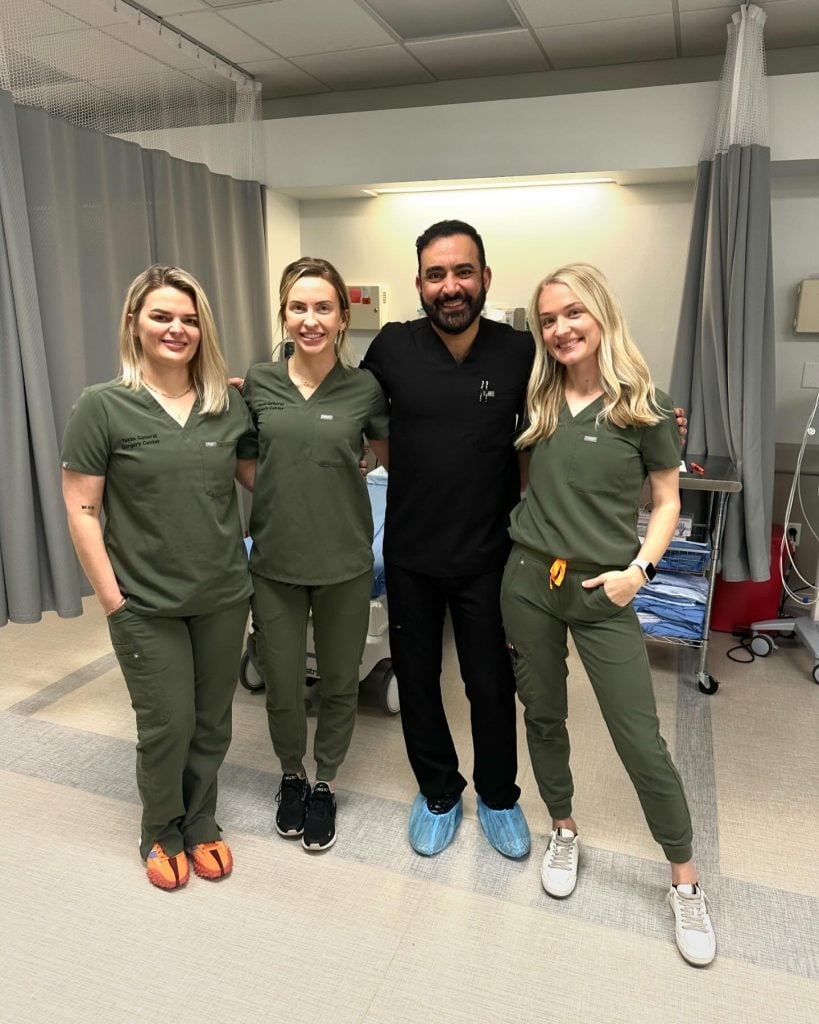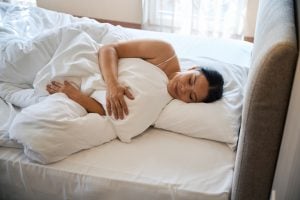Acupuncture for lower back pain is one of the most researched alternative therapies in pain medicine. Rooted in traditional Chinese medicine, acupuncture is used around the world to help people with chronic and acute back issues. But does it really work? And what should you expect if you’re considering trying it? Here’s what the science—and the experts—say.
How Acupuncture Works for Back Pain
Acupuncture involves inserting thin needles into specific points on the body. The goal is to rebalance energy flow (called “Qi” in traditional Chinese medicine) and trigger the body’s natural healing response. From a medical perspective, acupuncture may help by:
- Stimulating nerves, muscles, and connective tissue
- Releasing natural painkillers like endorphins
- Reducing inflammation
- Improving blood flow
Many patients report feeling relaxed and less tense during and after treatment. For people with lower back pain, this relaxation and improved circulation may reduce stiffness and support better movement.
Scientific Support for Acupuncture as a Holistic Pain Relief Option
Research supports acupuncture as a valid option for treating chronic lower back pain. Several studies show that acupuncture can:
- Reduce pain intensity
- Improve physical function
- Decrease reliance on pain medication
The American College of Physicians recommends acupuncture as one of the first-line therapies for chronic low back pain. In fact, people who don’t respond to medications or physical therapy sometimes find relief through this alternative therapy.
“Acupuncture can be a valuable tool in a multi-step treatment plan,” says Dr. Ghalambor of NorTex Spine & Joint Institute. “While it’s not a one-size-fits-all solution, many of our patients use acupuncture alongside medical treatments for added pain relief and improved mobility.”
What to Expect at Your First Acupuncture Session
If you’re thinking of booking an acupuncture session for back pain, here’s what usually happens:
- Initial Consultation: Your acupuncturist will ask about your health history and back pain symptoms.
- Needle Placement: Fine needles are inserted in specific areas—often not directly where you feel pain.
- Relaxation Period: You’ll lie still for about 20–30 minutes while the needles work.
- Aftercare Advice: Some people feel energized, while others feel sleepy. Mild soreness may occur but usually fades quickly.
Make sure to visit an acupuncturist specializing in lower back pain. Licensed professionals can ensure safe and effective treatment.
Who Benefits Most from Acupuncture for Back Pain
Acupuncture may be especially helpful if you:
- Suffer from chronic lower back pain
- Want a natural back pain relief method
- Prefer non-drug approaches
- Need a gentle, low-impact treatment
- Are looking for holistic back pain treatment appointments
People with degenerative disc disease, muscle tightness, or stress-related back pain may notice the greatest benefit.
Acupuncture vs. Conventional Care
Acupuncture isn’t a replacement for all medical care, but it can work alongside:
- Physical therapy
- Injections
- Chiropractic adjustments
- Medication (when needed)
“At NorTex Spine & Joint, we often combine acupuncture with interventional pain management techniques for a more personalized and comprehensive plan,” adds Dr. Ghalambor.
How to Get Started
If you’re in Fort Worth, Allen, Coppell, or Garland, TX, and looking for alternative treatment for chronic back pain, acupuncture could be worth exploring. Start by:
- Searching for an acupuncture clinic for lower back pain near me
- Reading back pain acupuncture treatment reviews
- Scheduling an acupuncture consultation with a licensed provider
- Asking if the clinic offers affordable acupuncture for back pain relief
You can also talk with a pain specialist to see how acupuncture might fit into your current treatment plan.
Transparency Reminder:
While NorTex Spine & Joint provides specialized care, many reputable clinics offer similar treatments. Always seek multiple opinions before deciding on treatment.
Acupuncture isn’t magic, but for many people, it offers real relief. It’s safe, natural, and evidence-based—an option worth considering if you’re tired of living with lower back pain.
Additional Resources:
https://www.mayoclinichealthsystem.org/hometown-health/speaking-of-health/7-common-low-back-pain-faq
https://www.webmd.com/back-pain/what-helps-with-lower-back-pain







